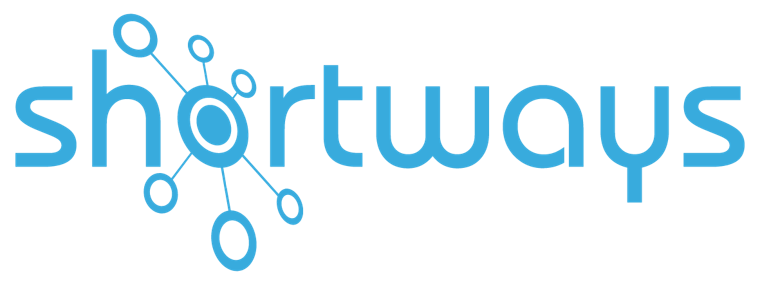The adoption of digital tools by new employees remains one of the major challenges faced by organisations. A project may be technically deployed, but it is only truly successful when users can use the tools smoothly and independently in their day-to-day work. However, in complex environments with constantly evolving applications and highly diverse user profiles, ensuring proper onboarding becomes a strategic priority.
One-time training, static manuals, ad hoc interventions… these traditional approaches have reached their limits. It is time to rethink adoption not as an isolated step, but as a continuous, contextual and evolving process.
Here are the 10 fundamentals to incorporate into your strategy to successfully drive this transformation:
- Adoption is built, not imposed
- Every user profile has specific needs
- Learning must happen in the flow of work
- Training materials are no longer enough
- User support reflects adoption levels
- Autonomy should be the goal from day one
- Training time is limited
- Tools evolve faster than practices
- Adoption is measured over time
- Personalisation is key to effectiveness
1. Adoption is built, not imposed
User engagement with a tool does not stem from an official launch or introductory speech. It is built gradually, through repeated use, clarity and a positive user experience. Too often, projects neglect this ongoing construction phase.
Shortways Assistant supports long-term adoption by offering contextual, day-to-day guidance directly on the screens in use.
2. Every user profile has specific needs
An HR user, a manager or a field worker will not use the same modules, nor will they have the same expectations or familiarity with digital tools. Applying a single onboarding path ignores this diversity.
Shortways Assistant displays personalised content based on the user’s profile (role, language, etc.), ensuring a targeted and relevant experience.
3. Learning must happen in the flow of work
Users do not have the time to attend theoretical training sessions for every new process. They need to be able to learn by doing, in the context of their actual tasks.
With Shortways Assistant, users access help bubbles and tutorials directly within their screens, exactly when they need them.
4. Training materials are no longer enough
PDFs, guides or manuals are rarely consulted. They are too long, not easily accessible and quickly outdated. They do not meet users’ immediate, practical needs in their real working environment.
Shortways Assistant replaces these materials with embedded content that is always up to date and visible within the application, without disrupting the user’s workflow.
5. User support reflects adoption levels
A large number of repeated support tickets is often a symptom of poor adoption. The less users understand the tool, the more they turn to support teams, even for simple tasks.
Shortways Assistant reduces support requests by guiding users step-by-step and answering common questions directly on the relevant screen.
6. Autonomy should be the goal from day one
The best form of adoption enables every employee to act without relying on someone else. The goal is not for users to know about the tool, but to be able to use it independently.
Shortways Assistant empowers users from their very first steps with interactive guidance that supports without spoon-feeding.
7. Training time is limited
A user only has a few minutes per day to dedicate to training. This strong constraint demands shorter, more focused learning formats that are embedded in actual usage.
Shortways Assistant turns every interaction with the tool into a learning moment through microlearning content directly accessible within the interface.
8. Tools evolve faster than practices
Applications are frequently updated and processes change, but users are not always informed or supported. The result: a growing gap between what tools offer and what users actually adopt.
Shortways Assistant highlights new features directly on the relevant screens via pop-ups or contextual messages.
9. Adoption is measured over time
It is not enough to count logins or completion of a training session. Adoption must be assessed through real usage, frequency of errors, decline in support tickets and smoother processes.
Shortways Assistant tracks usage statistics for its content, helping you identify friction points and fine-tune your support journeys.
10. Personalisation is key to effectiveness
Generic content will always be less effective than content that is targeted, relevant and adapted to the user’s context. This is true in communication, and even more so in digital tool adoption.
With Shortways Assistant, you can personalise messages, tutorials and support content based on the modules, profiles and processes in use, to maximise the impact of every interaction.
Conclusion
Rethinking new user adoption means understanding that the challenge lies not only in initial training, but in the everyday use of tools. Support must be ongoing, contextual and tailored to the individual.
With Shortways Assistant, each user benefits from intelligent, unobtrusive guidance that helps them build lasting competence, while also easing the burden on HR and IT teams.
Would you like to see the Assistant in action? Contact us today for a demo.
👉 To go further on this topic, discover why suppliers are key to digital procurement transformation?





